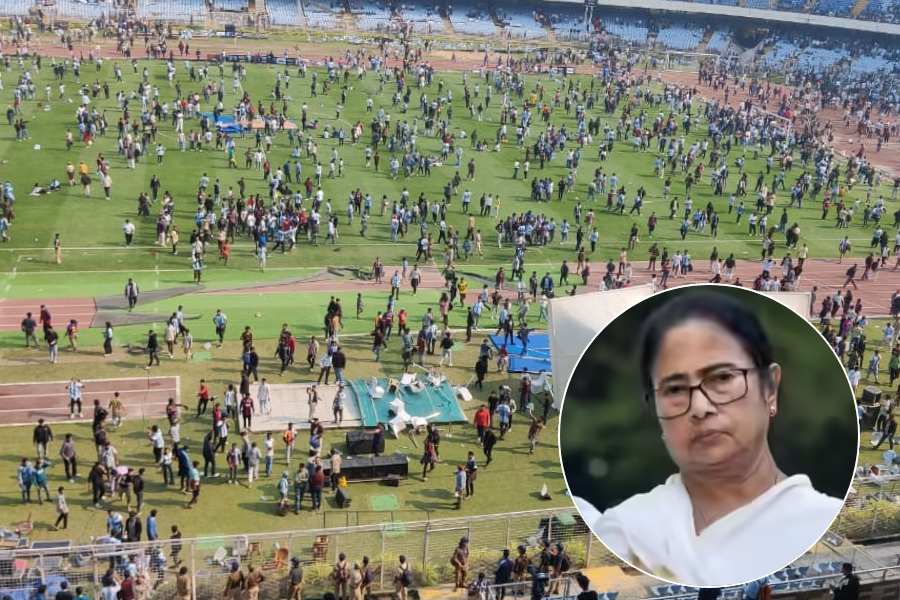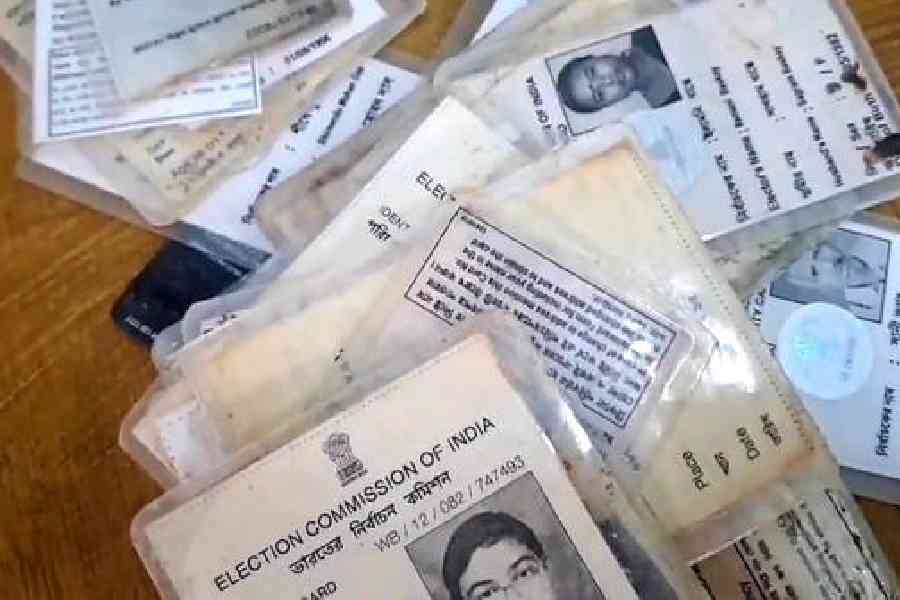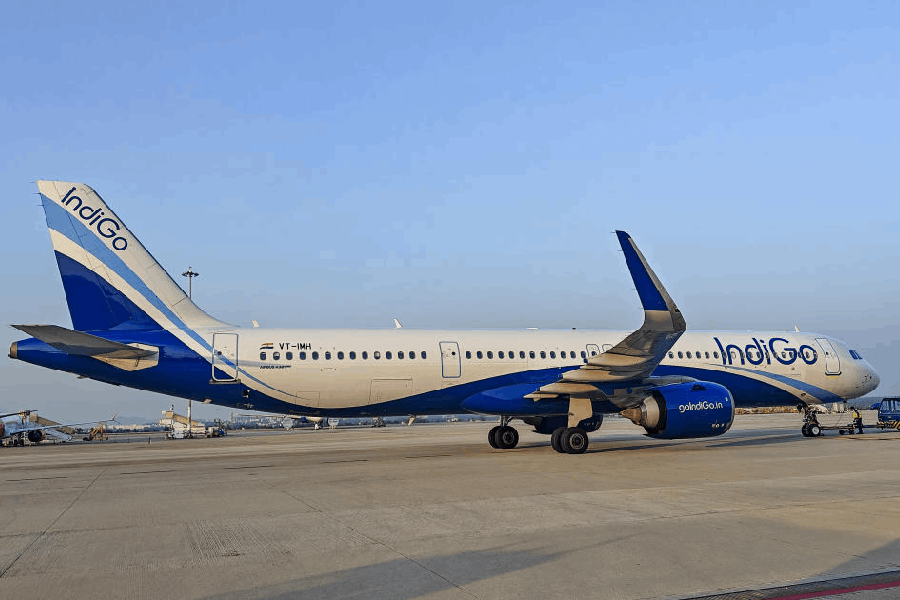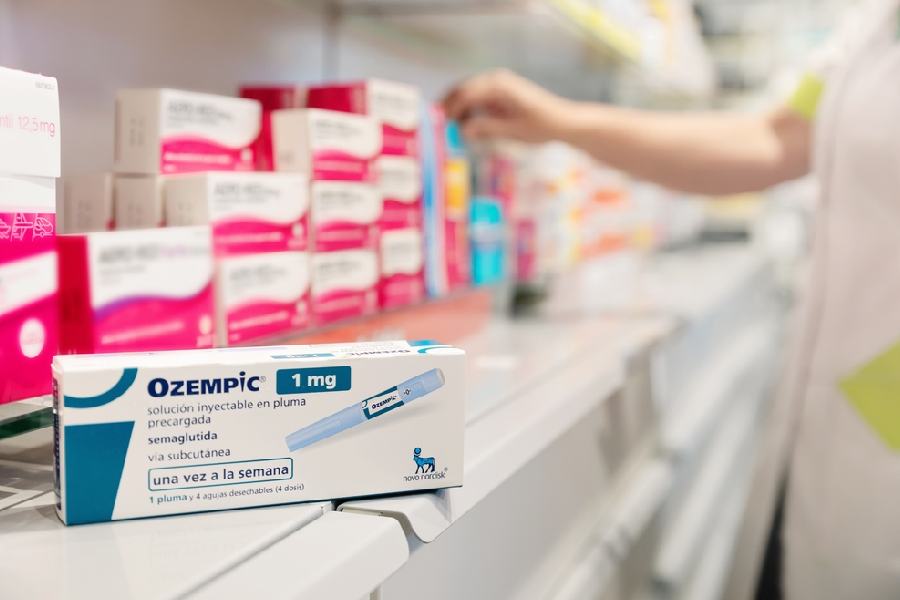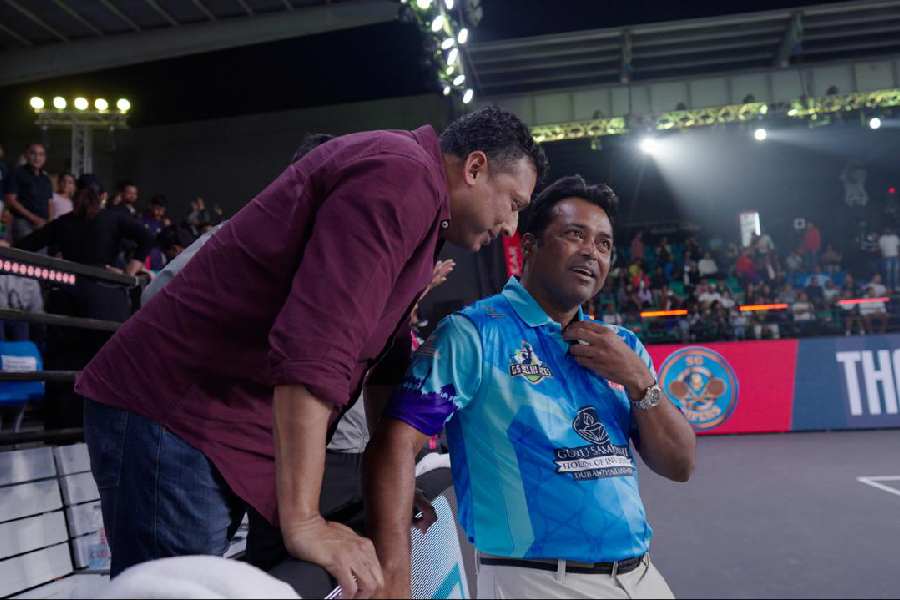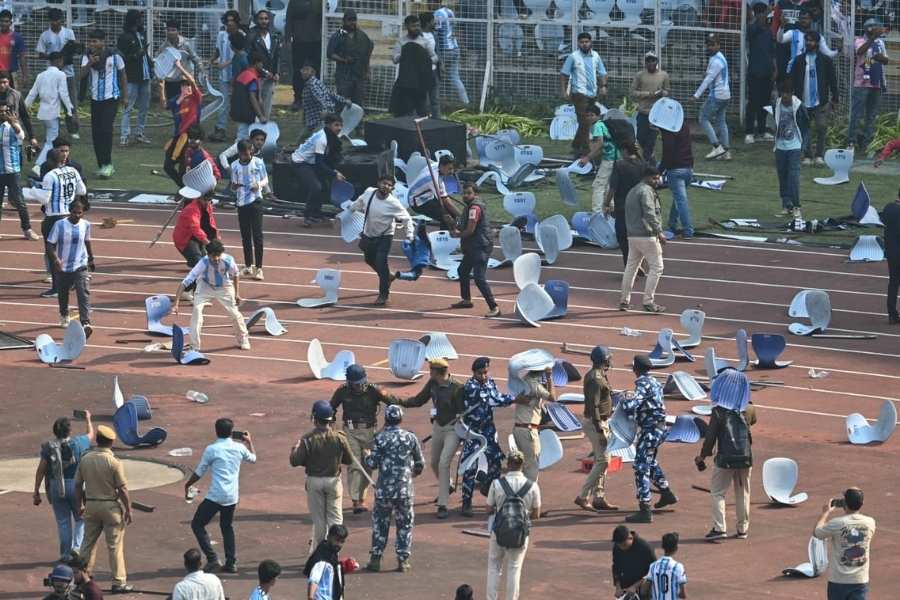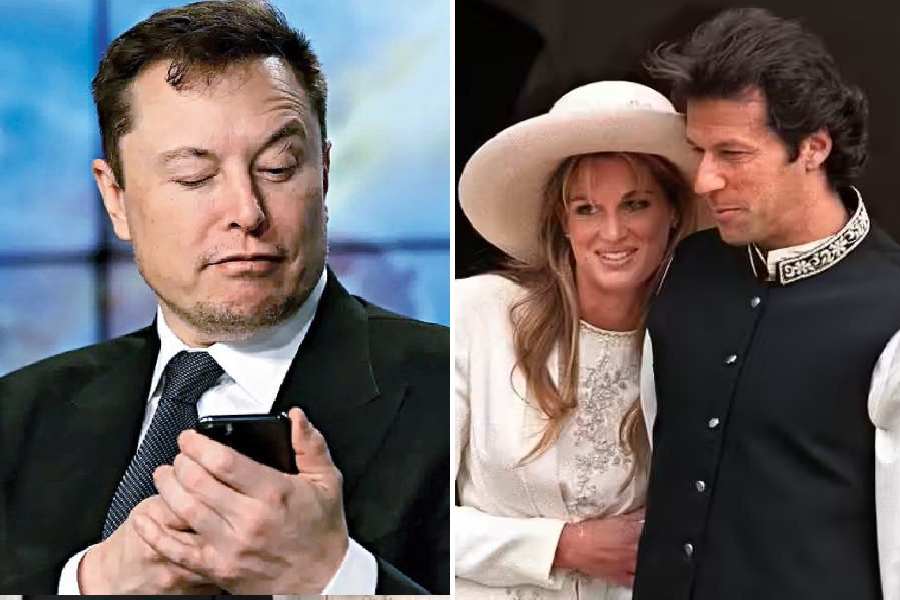 |
Mumbai, Dec. 17: Mukesh Ambani-owned Reliance Industries Ltd has started trials on fourth-generation (4G) mobile technology even as its telecom rivals are scrambling to launch 3G services across the country.
In trials carried out in the past week at RIL’s Navi Mumbai centre using Ericsson equipment, sources said they had achieved download speeds of up to 80 megabits per second (Mbps), which is blindingly fast when compared with the 3.1 Mbps speeds that most dongles offer on existing 2G networks.
Using Ericsson dongles connected over the air to a base station, the trials also yielded a peak uplink speed of 20 Mbps.
The two companies have also claimed that they were able to stream HD multimedia and live TV while travelling at speeds of up to 70 km an hour.
Reliance recently acquired Infotel Broadband Ltd, which had successfully bid for 22 of the 44 licences that were on offer at broadband wireless access (BWA) spectrum auction in June. It’s the only company that will have a pan-India footprint in the BWA space. The auction saw fierce bidding and had yielded the government almost Rs 40,000 crore.
Qualcomm of the US won four BWA licences, including those in Mumbai and Delhi, Aircel won eight, Tikona bagged five and Bharti got four. One licence went to Augere.
The Reliance trials with Ericsson were conducted using the Long-Term Evolution (LTE) technology.
The 4G technology — which is due to be launched sometime next year — will enable subscribers to watch high-definition video streaming while on the move and live mobile TV. “We had a very good experience with our peak speed trials with both Reliance and Qualcomm,” said Gowton Achaibar, head of region at Ericsson India.
“In a fully loaded system, the average speed does come down as it gets divided by the number of users and the distance from the cell towers,” he said. In commercial application, the speeds could drop to anywhere between 30 and 40 Mbps, sources said.
Ericsson estimates that in a fully loaded system the speeds could dip further to around 12-13 Mbps.
Alcatel Lucent and Huawei Technologies are the other telecom equipment providers, which are in the process of conducting trials with the BWA spectrum holders such as Reliance and Qualcomm.
The techno-geeks, however, say that this is really a faux 4G service.
The reason is that the International Telecommunication Union has already upped its 4G standards by setting a speed requirement of 100 Mbps while travelling and 1 gigabit per second while stationary.
LTE is currently designated as a pre-4G technology and has been around since 2009. However, mobile operators pass it off as 4G because it is the closest approximation to that still-elusive goal.
In September, Maravedis — a firm that specialises in wireless research and analysis — said the Indian market had the potential to grow to 95 million broadband subscribers by 2015. It has a subscriber base of about 15 million now.
There are high expectations from the rollout of 4G LTE technology here, especially as broadband penetration in India is less than 1 per cent. Compare that to 620 million cellular users in the country.
At RIL’s annual general meeting in June, soon after the company had announced its re-entry into the telecom space through the BWA route, chairman Mukesh Ambani had said, “It is possible to pole vault India from the prevailing 1G and 2G technologies to fourth generation and beyond.”
RIL has decided to set up a wireless innovation centre in Mumbai. The purpose: to seed an ecosystem where content creators, application developers and global technology players would come together.
First in Asia?
Global equipment manufacturers such as Ericsson and Alcatel Lucent expect that India could be the first to deploy 4G LTE-TDD technology in Asia.
By some estimates, that could be as early as the second quarter of next year. There are several operators of LTE in the US, the world’s fastest growing market.
The first commercial deployment of LTE took place on December 14, 2009, when Swedish-Finnish network operator TeliaSonera launched it in the Scandinavian capitals of Stockholm and Oslo. Huawei created the network infrastructure in Oslo, while Ericsson rigged it up in Stockholm.


